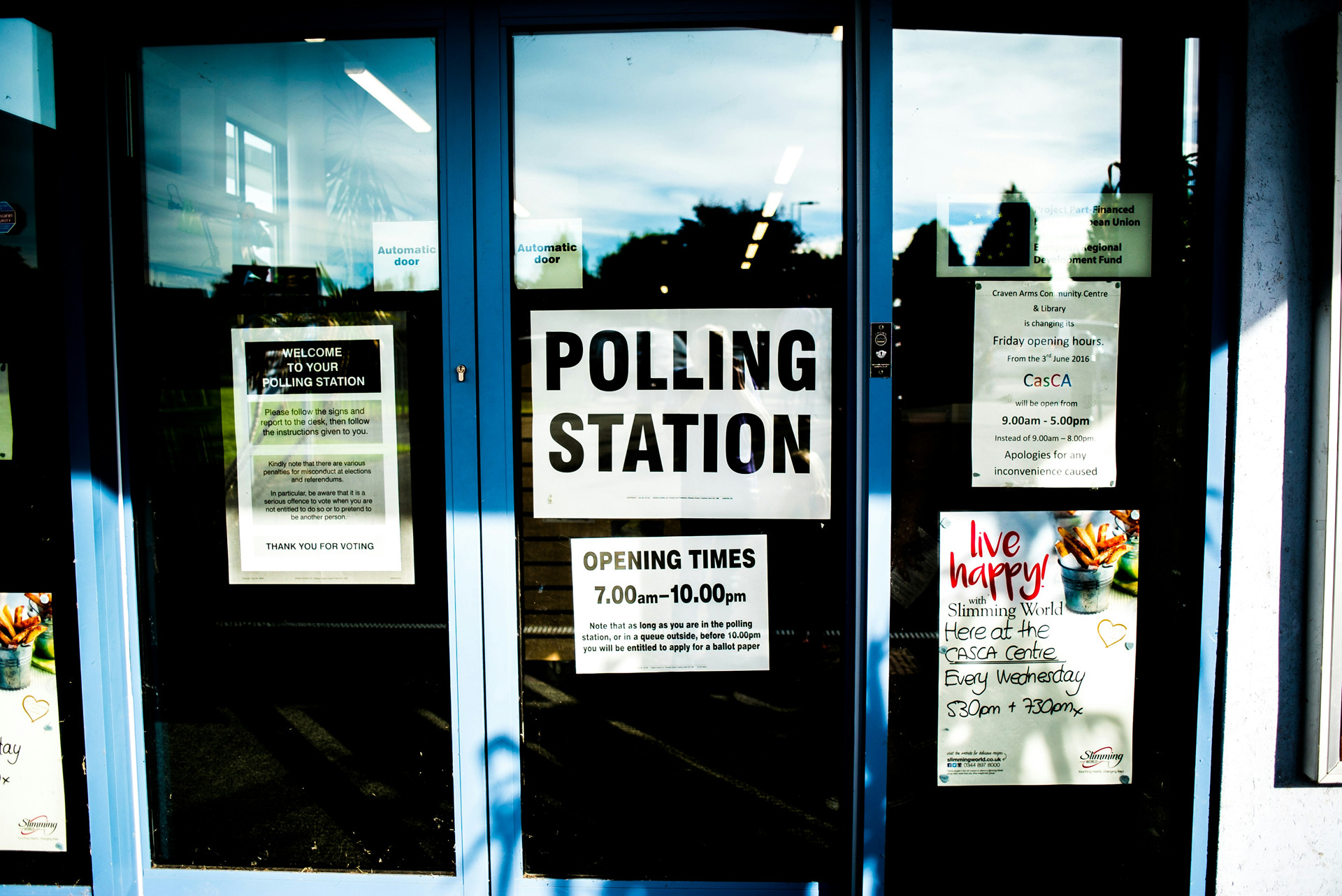
The headline findings:
- Savanta’s MRP estimates Labour could win 516 seats and the Conservatives 53, with a Labour majority of 382
- Savanta’s projection suggests that the Conservatives are in for a close fight with the Liberal Democrats (50 seats) to become the Official Opposition in the next parliament
- 175 seats are ‘too close to call’, including a raft of senior Conservative seats such as Rishi Sunak’s Richmond and Northallerton seat and James Cleverly’s Braintree
- Many potential Conservative leadership contenders could lose their seats, including Penny Mordaunt and Grant Shapps
- SNP fall to 8 seats, with Reform UK and the Greens failing to pick up any, with Plaid Cymru on 4 seats
- The implied vote shares from this model are Labour 44%, Conservative 23%, Reform UK 13%, Liberal Democrats 12%, Greens 4%, SNP 3%, Plaid Cymru 1% and Other <1%.
Seat estimates
Headline findings vs. probability estimates
Our headline findings are based on the model’s most likely winner for each individual seat. However, the probability estimates aggregate the percentage chance of a party winning in all seats. For example, if a party has a 25% chance of winning in 4 seats, they are allocated 1 seat.

This approach gives Labour 481 seats and has the Conservatives in second on 79 seats. This is followed by the Liberal Democrats on 45 seats, the SNP on 13, and Reform on 9 with Plaid and the Greens remaining on 4 and 0 respectively.
Breakdown of seat predictions
We have split the MRP outputs into 4 categories of seat:
- Strong: 262 seats where the model has greater than a 25-percentage point difference between 1st and 2nd place
- Likely: 111 seats with a 15-25 percentage point difference between 1st and 2nd
- Lean: 84 seats with a 7.5-15 percentage point difference between 1st and 2nd
- Too close to call: 175 seats with a less than 7.5 percentage point difference between 1st and 2nd
| Too close to call (Projected 1st – 2nd place) | |
| Labour – Conservative | 76 |
| Conservative – Labour | 36 |
| Liberal Democrat – Conservative | 21 |
| Conservative – Liberal Democrat | 12 |
| Labour – SNP | 10 |
| SNP – Labour | 7 |
| Liberal Democrat – Labour | 4 |
| Labour – Reform | 3 |
| Labour – Liberal Democrat | 2 |
| Conservative – SNP | 1 |
| Labour – Green | 1 |
| Plaid – Labour | 1 |
| SNP – Conservative | 1 |
| TOTAL | 175 |
With so many seats so close, and most of them with the Conservatives in 2nd place, this means that if Rishi Sunak is able to have a positive final couple of weeks of the campaign and regain even just a few percentage points, then the model would likely project the Conservatives reaching a three-figure seat tally.
‘Big hitters’ under threat
With this projection anticipating the Conservatives losing hundreds of seats, this puts many high-profile Tory figures, including the Prime Minister and maybe touted future leadership candidates, under serious threat of losing their seats, including:
| MP | Constituency | Projected winner | Category |
| Richard Holden | Basildon & Billericay | Labour | Too close to call |
| James Cleverly | Braintree | Labour | Too close to call |
| Suella Braverman | Fareham and Waterlooville | Labour | Too close to call |
| Jeremy Hunt | Godalming and Ash | Liberal Democrat | Too close to call |
| Oliver Dowden | Hertsmere | Labour | Too close to call |
| Kemi Badenoch | North West Essex | Conservative | Too close to call |
| Penny Mordaunt | Portsmouth North | Labour | Lean |
| Rishi Sunak | Richmond and Northallerton | Labour | Too close to call |
| Grant Shapps | Welwyn Hatfield | Labour | Likely |
Methodology note
Savanta uses multiple regression and post stratification (MRP) modelling to provide accurate estimates of current voting intention in the 632 seats in Great Britain which will be contested in the General Election on July 4th.
Multiple regression and post stratification (MRP) is an advanced modelling technique whereby we can ask voting intention to a large scale, nationally representative survey and, using the respondent’s demographic and voting data use this to map out how voting patterns are distributed across the country. This then allows us to produce predicted vote shares in each constituency and therefore predict a likely winner in each seat and the overall result of the General Election.
MRP estimates individual seat outcomes based on respondents’ current voting intention, during the fieldwork period outlined. The estimates therefore remain a ‘nowcast’ and not a ‘forecast’, and as such, with still time to go in the election campaign, voter intentions may still change. The MRP results are in some respects a result of the ‘classic polling’ figures that make-up the model and can be susceptible to small national vote share changes having a notable impact on the seat counts.
The fieldwork for this MRP was conducted before Savanta moved to a ballot-prompt method and is therefore a product of our ‘standard’ prompting principles.
Savanta interviewed 17,812 respondents aged 18+ online between 7th and 18th June 2024.
Savanta, in partnership with Electoral Calculus and the Telegraph, today publishes our first MRP model of the 2024 General Election based on 17,812 respondents conducted online between 7th and 18th June 2024.

